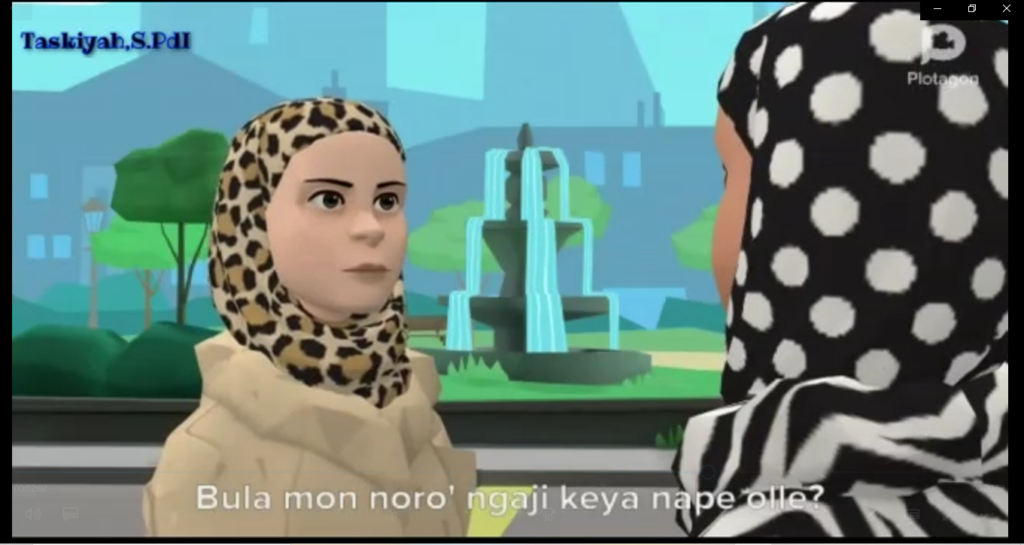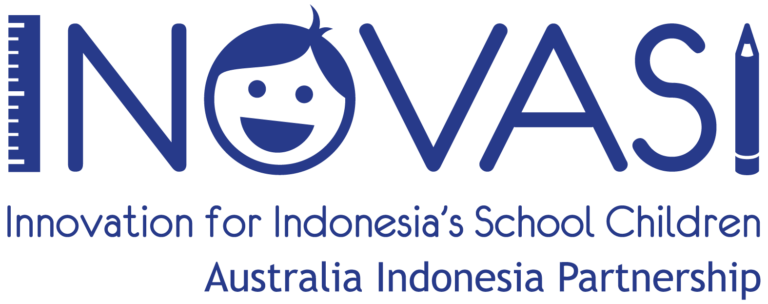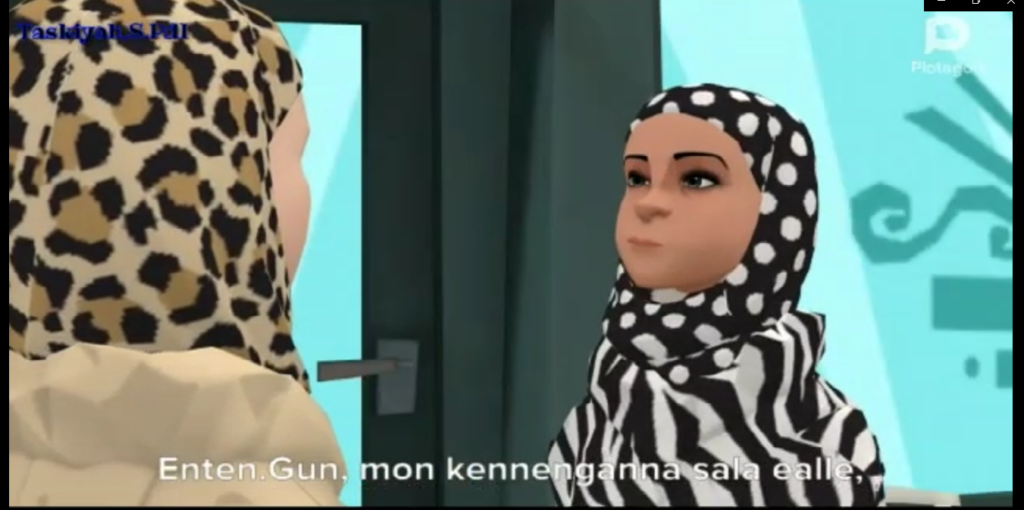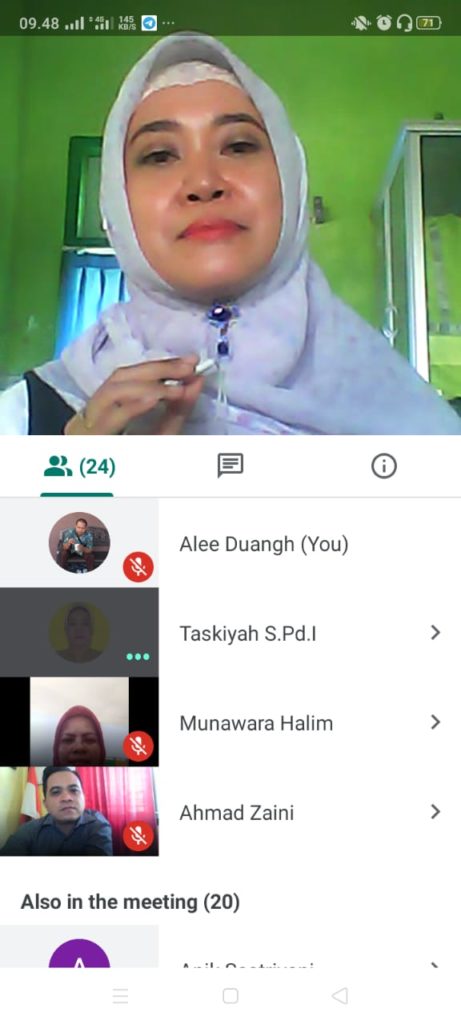
The challenge of teaching online is that many students do not have internet access. The devices they use usually belong to their parents or relatives, so they cannot always use them during school hours. When it comes to reading, most students can either pronounce a word or write it, but not both. Their parents also face challenges because they too are not proficient in Madurese.
“For example, the word nembara (rainy season) is pronounced nembere. The students are certainly more familiar with the word nembere, which is spoken every day. So, when they are asked to write the word, they write it according to the way they pronounce it,” said Taskiyah.
Taskiyah, a literacy activist and facilitator of the Literacy, Read, Write, and Count Movement from the Education Office in Sumenep District, looked for strategies to teach Madurese and make it easier to understand.
“I once attended INOVASI literacy training where teachers were encouraged to create learning media in order to make the learning activities more interesting. I learned about the Big Book media. Big Books can be used when teaching face-to-face. I started to look for ideas for suitable media to teach Madurese online. I finally came up with the idea of making an animation video in Madurese,” explained Taskiyah.
Taskiyah found Plotagon, a mobile storytelling application that is easy to use for creating animations. She taught herself how to make learning media for her students and created animated videos to help them learn Madurese. Initially, Taskiyah made a simple animated scenario of a conversation between two people or more and drew a picture of the characters. She then dubbed the video and put subtitles in it.
Taskiyah introduced her Madurese video to her students and gave them an assignment while they watched the video and listened to the dialogue. The assignment included questions regarding what the characters were talking about and what words the students found difficult or did not yet understand. With the hope that the students might understand written Madurese and pronunciation, they were also asked to watch the entire video, as they would later be asked to retell the conversation. The students submitted their completed assignments the next day in the form of video recordings and images of their writing. The video ended with a message of encouragement to motivate the students to study Madurese more diligently. The students’ responses after seeing the animated video were amazing.
“The students’ responses were beyond my expectations. They were very happy and played the video over and over again. When I asked them to recount the story of the Madurese video, they were able to explain the content fluently. The students were not required to view the video during school hours. If, for example, a student’s parents had taken their devices to work, the students could watch the video when their parents returned home,” she said.
Taskiyah then made four animated videos to support Madurese language learning. These animated videos contain subtitles to make it easier for the students to correctly learn Madurese writing and pronunciation. According to Taskiyah, it is rare to find Madurese animated videos. The parents’ impressions of the videos were quite good. Their children became more enthusiastic about learning the Madurese language; some students even played them many times. Lately, Madurese language lessons have become something that the students really look forward to.
Taskiyah showed her animated videos to her fellow teachers during a virtual Teacher Working Group (Kelompok Kerja Guru, or KKG) activity in the Cluster or Gugus 01 of Pangarangan Sumenep, in July 2020.
“The teachers’ responses were quite good. However, some of them were not familiar with device technology, so it would take some time and practice for them to learn how to use the Plotagon application,” explained Tsakiyah, a Sumenep native.
“I truly appreciate the animated videos created by Tsakiyah. I see them as a part of an innovative and creative approach that teachers have taken while conducting online learning,” said Abdul Kadir, M.Pd., Head of Elementary School Development at the Sumenep District Education Office.
“In the future, I really hope that other teachers in Sumenep will have the enthusiasm to be innovative and more creative in the learning process for our children,” Abdul Kadir added.








